The Swine Health Information Center funded a study to evaluate tongue tip fluids, a sample type more frequently used in breeding herds, as a potential tool for pathogen surveillance in nursery and grow-finish phases. The study evaluated PRRSV and IAV detection in oral fluids compared to tongue tip fluids using PCR in weekly samples from wean-to-market pigs and assessed the likelihood of successful PRRSV ORF-5 sequencing across the two sample types. Led by Drs. Gustavo Silva and Onyekachukwu Henry Osemeke of Iowa State University, the study found that tongue tip fluids offer a comparable and cost-effective alternative to oral fluids for the detection of PRRSV and IAV by qPCR in growing pig herds when mortalities are present.
Find the study industry summary here.
PRRSV and IAV are two swine pathogens that significantly impact the health and productivity of post-weaning pigs. While oral fluids are widely used for monitoring these viruses, post-mortem tongue tip fluids represent a cost-effective alternative with potential advantages for viral detection in mortalities. Surveillance programs in growing pig herds are generally not as robust as those in breeding herds. Consequently, all sample types considered for use in post-weaning pigs require evaluation for ease of collection, cost-effectiveness, sensitivity, and reliability of surveillance results under conditions of sample pooling.
Three objectives were evaluated in this study, including: 1) to compare the detection of PRRSV and IAV using qPCR in weekly oral fluids and tongue tip fluids from wean-to-market pigs, 2) to assess the likelihood of successful PRRSV ORF-5 sequencing across the two sample types, 3) to assess the effect of pooling tongue tip fluids on PCR detection of PRRSV.
To complete these aims, three groups of pigs from two production systems were tested for PRRSV and IAV from weaning until market. Two groups (A and B) were sourced from PRRSV-positive stable sow farms, while Group C was from a farm weaning positive pigs. Groups B and C received a PRRSV-modified live virus vaccine at weaning. Weekly, oral fluids from six pens and tongue tip fluids were tested for PRRSV and IAV using qPCR.
For the second objective, PRRSV-positive tongue tip fluids and oral fluids were selected for Sanger sequencing to compare the performance of both sample types. To assess the impact of pooling on PRRSV detection, PRRSV-positive tongue tip fluids were serially diluted (undiluted, 1/4, 1/16, and 1/64) and qPCR tested; statistical models were used to assess the cycle threshold value changes with varying dilution levels and determine the minimum dilution level at which PRRSV detection was maintained in 95% of cases. This study also evaluated associations between weekly pathogen detection and mortality using mixed-effects regression models.
Across all three groups, there were 60 study weeks with sample submissions. Oral fluids were obtained in all 60 weeks whereas tongue tip fluids were collected in 43 of those weeks. IAV was detected in 34.9% of oral fluids and 30.2% of tongue tip fluids, while PRRSV was found in 67.4% of oral fluids and 53.5% of tongue tip fluids. Tongue tip fluids showed a significantly lower mean cycle threshold for PRRSV (mean Ct = 28.7) compared to oral fluids (mean Ct = 33.2). There was fair agreement between the PCR outcomes of tongue tip fluids and oral fluids (Cohen’s kappa values of 0.26 for PRRSV and 0.24 for IAV).
Out of the 22-week-matched tongue tip fluids and oral fluids pairs sent for PRRSV sequencing, 45.5% of oral fluids and 63.6% of tongue tip fluids were successfully sequenced. The higher success of sequencing in tongue tip fluids was attributed to their relatively lower Ct values. The pooling studies demonstrated that pooling samples could effectively increase detection probabilities, with 79% detection probability at a 1/7 dilution compared to 14.29% if only a single day of tongue tip fluids out of one week is tested for the same scenario of one positive day. Lastly, the mortality rates were significantly higher when PRRSV was detected alone or with IAV for both sample types.
Overall, tongue tip fluids offer a cost-effective alternative to oral fluids for the PCR detection of PRRSV and IAV in growing pig herds when mortalities are available. Despite PRRSV and IAV PCR detection being numerically more frequent in oral fluids, tongue tip fluids had a higher success rate for PRRSV sequencing due to their significantly lower Ct values. This makes tongue tip fluids a useful surveillance sample type for PRRSV in wean-to-finish barns. To maximize the diagnostic potential of this sampling approach, practitioners are encouraged to aggregate tongue tissues from all daily mortalities. As there could be weeks without mortalities, postmortem tongue tip fluid sampling and antemortem oral fluid sampling can be jointly part of a comprehensive surveillance program. Furthermore, testing tongue tip fluids in weekly pools can be useful in wean-to-finish barns where budget constraints may limit testing frequency.
The Swine Health Information Center, launched in 2015 with Pork Checkoff funding, protects and enhances the health of the US swine herd by minimizing the impact of emerging disease threats through preparedness, coordinated communications, global disease monitoring, analysis of swine health data, and targeted research investments. As a conduit of information and research, SHIC encourages sharing of its publications and research. Forward, reprint, and quote SHIC material freely. For more information, visit http://www.swinehealth.org or contact Dr. Megan Niederwerder at [email protected] or Dr. Lisa Becton at [email protected].
Copyright 2025 | Swinehealth.org | Website by Heartland Marketing Group